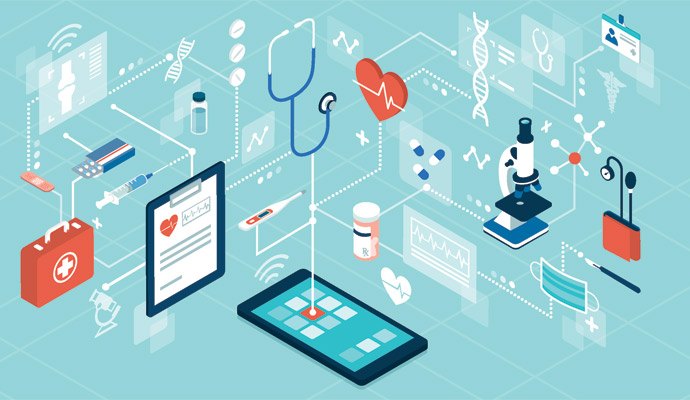AI-Assisted Ultrasound May Improve Breast Mass Triage in Low-Resource Settings
AI applied to portable ultrasound images of breast masses can accurately identify cancer, which could improve triage in low-resource areas.

Source: Getty Images
- Researchers demonstrated that artificial intelligence (AI) can assist with the triage of patients with palpable breast masses and accurately identify cancer using images from low-cost, portable ultrasound scanners, according to a new study published in Radiology this week.
According to the study, early detection of breast cancer via regular screenings is the standard of care in Western countries, whereas low- and middle-income countries may lack access to screening technologies and programs, necessitating a different approach to enable early cancer detection and improve outcomes.
In low- and middle-income countries, breast cancer most often presents as a palpable breast lump. Patients with these lumps then need to be triaged to help recognize and prioritize those with symptomatic breast cancer. However, care access can present a challenge.
“Women in low- and middle-income countries often cannot access breast health care for many months, even when they feel a lump in their breast that may be cancer,” explained Wendie A. Berg, MD, PhD, lead author of the study and professor of radiology at the University of Pittsburgh School of Medicine, in a news release detailing the research. “Our study looked at using AI to evaluate breast ultrasound images to distinguish suspicious breast masses needing urgent attention from those that were not cancer.”
Ultrasound scans can play a crucial role in early detection and support more effective, less invasive treatments for patients with breast lumps, the researchers noted, but lack of screening programs, technologies, or appropriately trained personnel may mean patients receive delayed ultrasound scans.
Portable ultrasound scanners are a low-cost option that can be used to obtain breast mass images by medical staff with minimal training. The images could then be interpreted remotely by a radiologist or AI software.
The research teams sought to evaluate the ability of one such AI to classify palpable breast lumps for triage in low-resource settings.
To do so, the researchers enrolled patients with one or more palpable breast lumps from multiple medical centers in Jalisco, Mexico, from December 2017 to May 2021. After enrollment, 300 women with 758 masses were included in the study cohort.
Images at the site of each lump were taken using a portable ultrasound scanner, followed by a standard-of-care ultrasound scanner. Following imaging, a radiologist performed Breast Imaging-Reporting and Data System (BI-RADS) assessments, an approach to describe image findings and results.
The images were then analyzed by the AI software, which was tasked with classifying each breast mass as benign, probably benign, suspicious, or malignant.
Of the 758 masses analyzed, 47.5 percent were palpable, and 7.4 were identified as malignant. The AI correctly identified 96 percent of the study participants with cancer on the portable ultrasound scanner compared to 98 percent on the standard-of-care ultrasound scanner.
Of the benign masses identified, the researchers found that 38 percent could have been appropriately triaged using the portable scanner, and 67 percent with the standard-of-care scanner.
The research team also indicated that AI software applied to portable breast ultrasounds has the potential to reduce the number of specialized hospital referrals in resource-limited regions by about half.
“Our results show great promise for the use of AI and portable ultrasound in low-resource settings, including remote/underserved areas in the United States, to help improve breast health care,” Berg said. “In reducing the number of women with benign lumps who need to be seen in central facilities and potentially have a biopsy, health care resources can be better focused on women with cancer and reduce delays in diagnosis. This should improve access, health equity and outcomes for women.”
